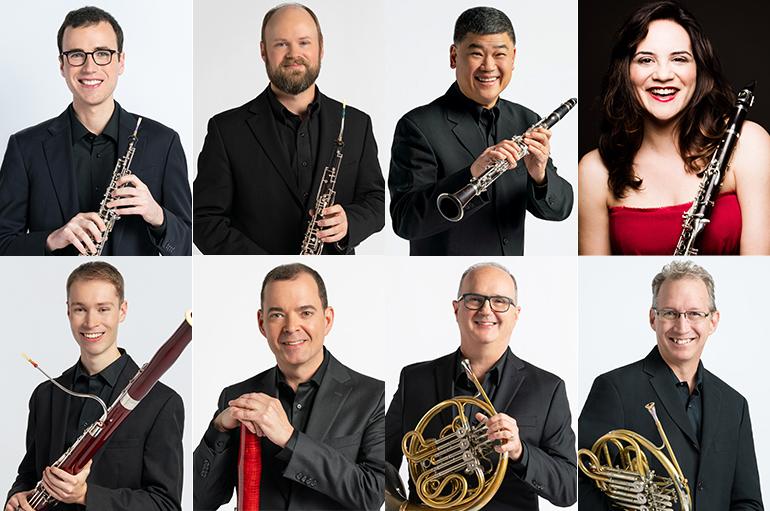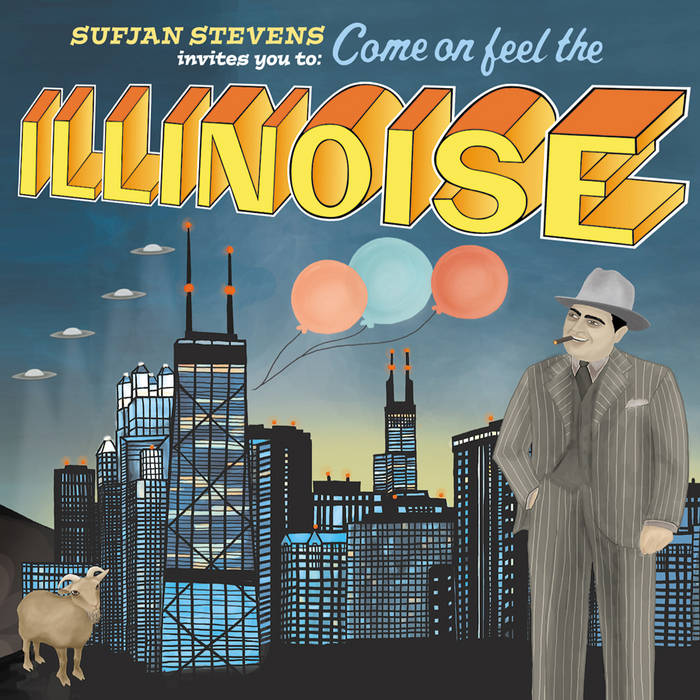Back in the early days of his wild and heavily-tattooed youth, Miyavi was a thin and lanky guitarist with dyed hair, a signature eyebrow piercing, and an explosive personality that made him one of the major faces of Japanese visual kei. He was loud, outspoken, mischievous, and irreverent; the music he produced was mostly metal, rock, and hip-hop. Throughout his music career, Miyavi was quick and colorful as a butterfly in his changes, both in appearance and musical style. And the Miyavi that came on stage at the Chicago House of Blues on Friday, October 28, a stop on the eponymous tour “What’s My Name?” was in yet another phase. He was older, more toned down, and more mature. He was thirty years old, married, had started his own company, and was father to two children. Gone were the days of elaborate stage setups with multiple crew members, heavy makeup, and elaborate costumes. Although the audience members were dressed in everything from sailor suits to floor-length evening gowns, some sporting hair colored neon green or flaming red, Miyavi himself was their visual antithesis.
The doors to the House of Blues opened at six, and the line that had formed in the cold outside rushed in. The lights went off at seven and the audience started cheering, shouting “Miyavi! Miyavi!” The figure that strode onto stage had long blonde hair and was wearing something sparkling—for a moment, everyone thought it was Miyavi. But that immediately turned out not to be the case, as the opening act, Sister Soleil, began to prance around the stage, making wild and frenzied arm gesticulations. Her voice was high and squeaky, and she moved around the stage with as much grace as an ostrich doing the cancan. She sang four songs, the audience clapping and cheering between each, although I simply gaped in absolute astonishment and did not join in. I was wondering if I’d somehow mistaken the venue and attended the wrong concert.
When the wailing presence of Sister Soleil finally went off stage, the audience once more waited in anticipation. The atmosphere was tense and excited, but Miyavi knew how to keep an audience waiting. One person checked his Twitter and discovered that he had tweeted, “k, let’s do this Chicago” just a few minutes before. Was this really happening? Was Miyavi really on Twitter while his fans were impatiently waiting in the mosh pit?
The wait seemed interminable, but finally it ended. Miyavi, as he came onto the stage, was greeted by a host of screams, cheers, and calls of “Miyavi, I love you!” screeched by excited fangirls. He was dressed simply, in what might very well have been his normal daywear: a white T-shirt, gray blazer, and jeans. His dull black hair had come a long way from last year’s baseball caps and long colorful extensions; his face looked devoid of makeup. Nevertheless, he greeted the audience cheerfully and launched into his performance.
The setup was simple: Miyavi, his guitar, and his drummer Bobo. They launched into songs from the album the tour was named after; Miyavi tried to engage the audience as he played “What’s My Name?” and the audience shouted back. Throughout the concert he would frequently tell the audience members to jump. As he launched into “Boom-Hah-Boom-Hah-Hah,” he taught the audience a rhythm and told them to clap along as he played. People crowded close, squeezing the breath out of me as I was jammed between the fleshy masses, all jumping up and down and pumping their fists in the air.
Miyavi continued to play songs from the album, including “Futuristic Love” and the softer, slower song “Shelter.” He stopped in the middle to talk to the audience, speaking simply and in accented English to tell us how happy he was to be back in Chicago, how he’d seen the lake, how tired he was from the five straight days of touring he had done around the States. He cracked jokes to the audience and continued playing. His music was heavy and percussive. At one point someone in the audience fainted and Miyavi stopped the concert to call in security. Afterwards he tuned his guitar and continued with the show.
In comparison to how he was in his younger days, Miyavi was definitely more sober. He lacked the same energy and vitality he had had even just last year. But Miyavi is still Miyavi, and being Miyavi entails intense and superlative guitar skills. His singing had retained its nasally quality but matched perfectly with his instrumentals. At the end of the concert he came for an encore and played an older song, “Survive,” perfectly suited for a mosh pit concert which had the audience more pumped up and excited than ever. Finally, he bowed out, the audience cheering and screaming his name, applauding the performance he had given.
Although Miyavi’s latest musical phase is subtler and older, differing from his previous image, he still retains that streak of what makes him uniquely Miyavi. His personality, while more responsible and quieter, comes out in a proud announcement of his new tattoo, the way he sinks to the ground playing his guitar or plays the instrument as he holds it behind his neck. While I, and other fans, may miss the brightly-colored youth that he once was, the 30-year-old Miyavi definitely has not lost his touch.








